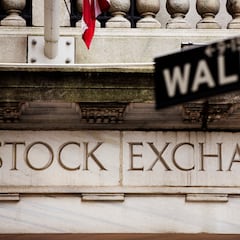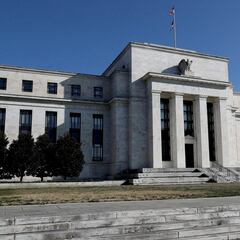5 fees charged by US banks that you should know about
Keeping you money tucked away in a bank can earn you interest when rates are high, but the service can come at a cost through fees. What you should know.

With certificate of deposit and high-yield savings account rates hovering around 5% right now, it is in most people best interest to keep their money in banks in order to increase their wealth over time.
However, in addition to thinking about an interest rate, you must take into account some fees that banks charge and that if you do not pay attention to could eat away at the financial benefits and even cost you money.
1. Maintenance fees
These days they are less common thanks to online banks, however, there are still some banking institutions that charge for this service. Many give customers the opportunity to waive this fee by making a certain amount in monthly deposits, for example, or maintaining a certain minimum balance. If you don’t, you could lose up to $30 a month.
2. Fees for early withdrawal
Certain financial institutions offer high interest rates on your funds and lock that rate in for the entire term. Although the customer is free to withdraw, you could face early withdrawal penalties if you withdraw your cash before completing the full term agreed to. This is easy to avoid. Only deposit funds in these accounts that you do not plan to spend before the end of the contractual term.
3. Paper statement rates
Although some banks still send paper statements to your mailbox, although it can be time-consuming. However, because this takes a little more time, many institutions pass this cost on to customers in the form of a fee per printed statement. To avoid this, you just have to contact your bank to request electronic statements.
4. Bank transfer fees
Bank transfers are not something that most people do that often. But if you plan to move money this way, it’s important to check your bank’s fee list to know what to expect. It is common for banks to charge for outgoing wire transfers, but some institutions may also charge for incoming transfers.
Related stories
According to Bankrate, the typical wire transfer fee range is between $0 and $50. Domestic fees may be as much as $35 and international fees are generally between $35 and $50.
5. ATM withdrawal fees
Using out-of-network ATMs usually incurs fees for the ATM owner, but your bank may also charge you an additional fee for this. These have been rising and according to Bankrate’s 2023 checking account and ATM fee study were on average $4.73 per transaction.


Complete your personal details to comment